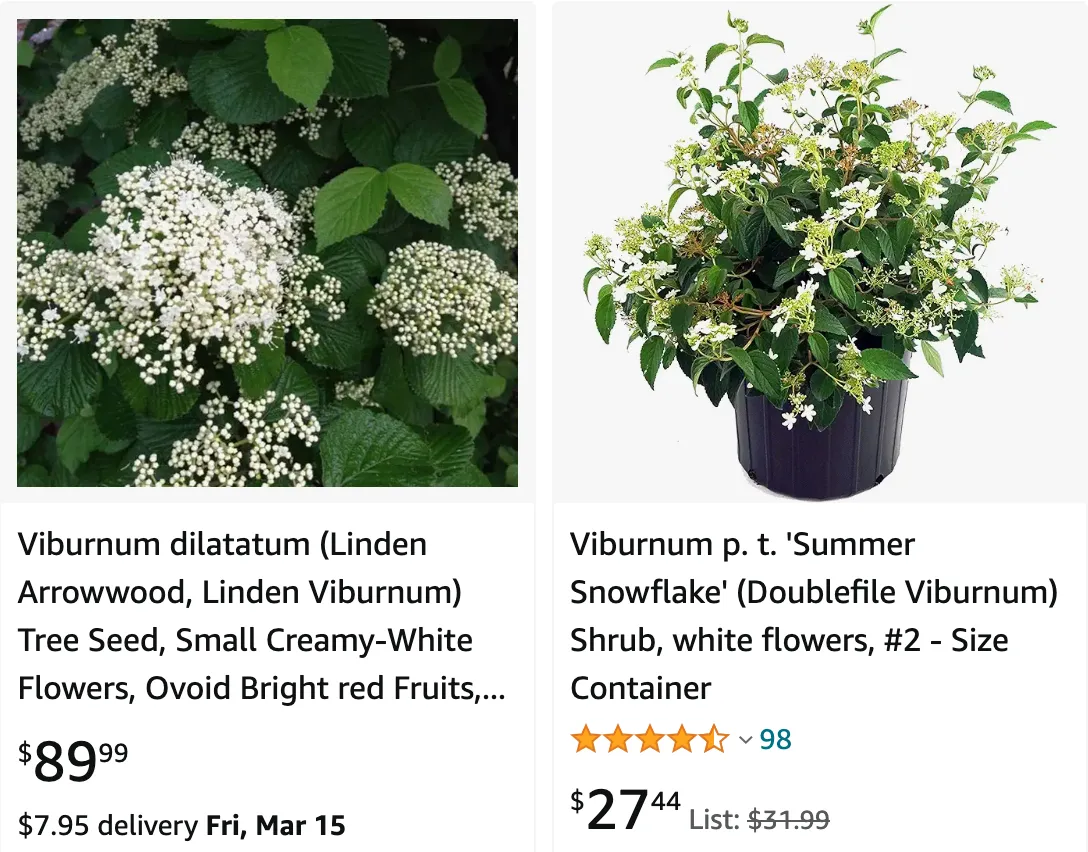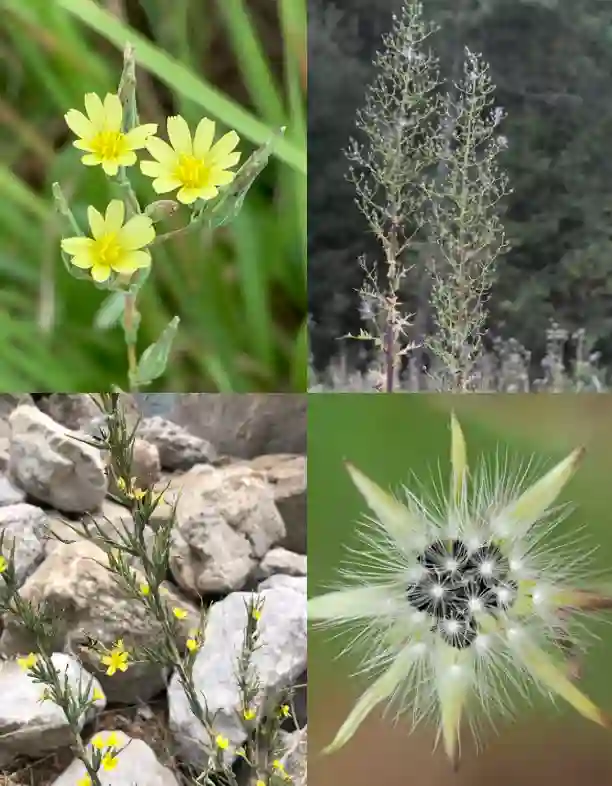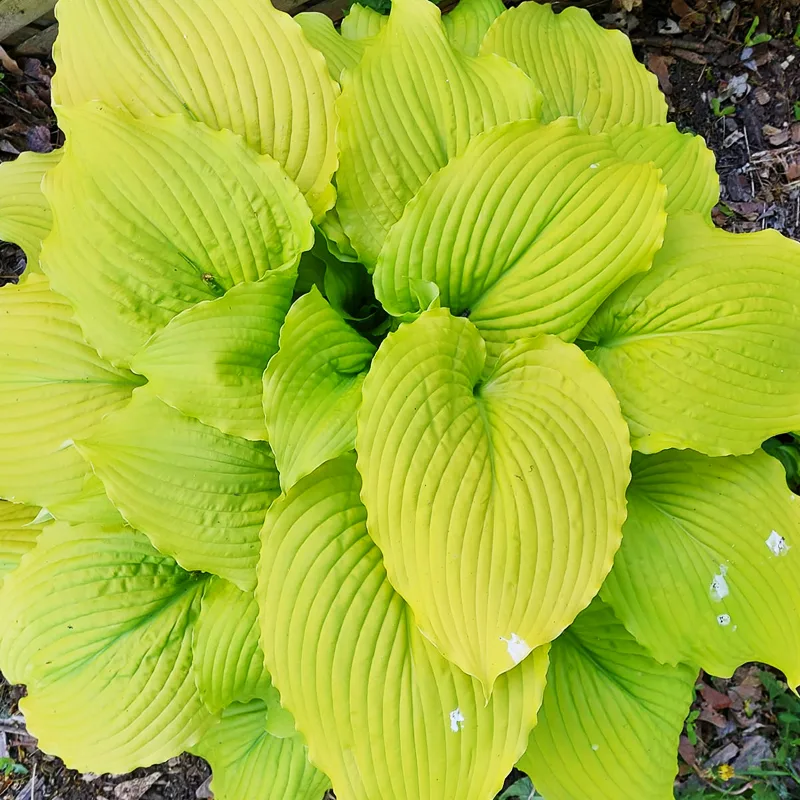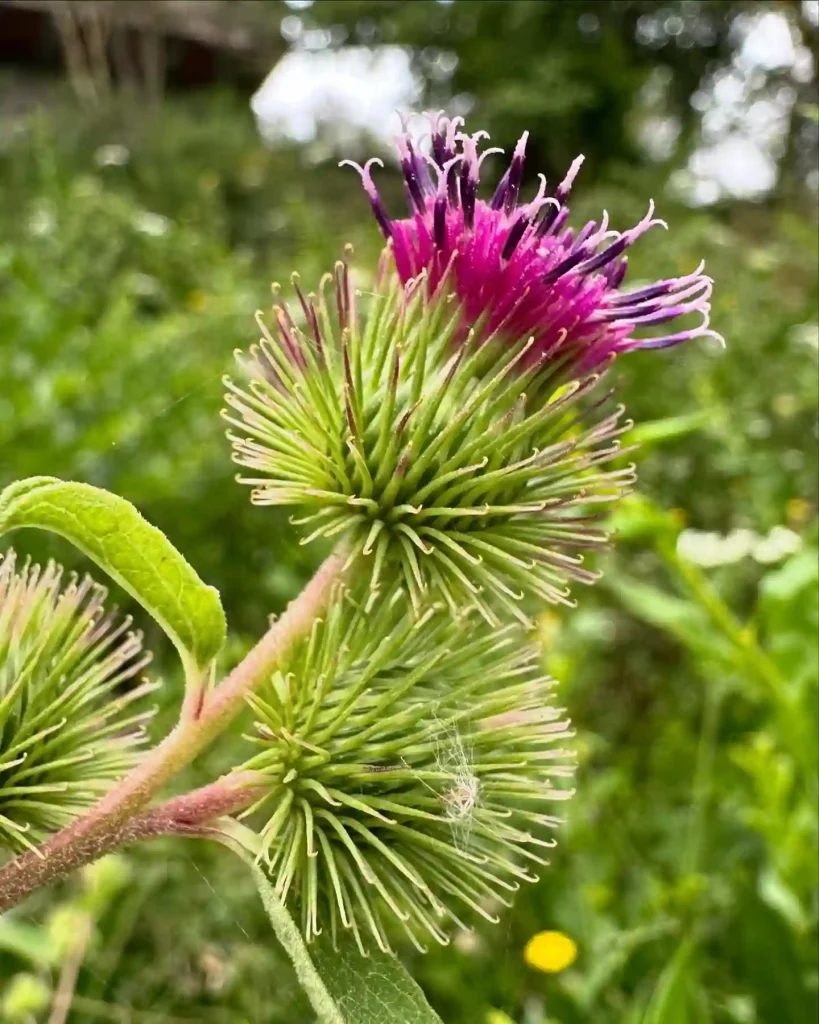
Viburnum Dilatatum: A Gardener’s Guide
I’m Ferb Vu, and I’m here to answer your questions about Viburnum Dilatatum, also known as Linden Viburnum or Linden Arrowwood. This attractive shrub boasts beautiful flowers and berries, but it’s important to understand its needs and potential drawbacks before planting.
206 Species in Genus Viburnum
What is Viburnum Dilatatum?
Viburnum Dilatatum is a deciduous shrub native to eastern Asia. It flourishes in open forests, forest edges, and scrublands. In North America, it’s primarily found as a cultivated ornamental. This upright, vase-shaped shrub typically reaches 8-10 feet tall and 6-8 feet wide at maturity.
What are the Appealing Features of Viburnum Dilatatum?
- Showy Flowers: In late spring, the shrub explodes with white, flat-topped flower clusters (cymes) measuring 3-5 inches across. These fragrant blooms add a touch of elegance to any landscape.
- Vibrant Berries: Following the flowers come clusters of bright red, cherry-red, or scarlet berries. Unlike some viburnums, these berries persist well into winter, adding a pop of color during the colder months.
- Low-Maintenance: Once established, Viburnum Dilatatum is a relatively low-maintenance shrub. It tolerates some drought and thrives in average, well-drained soil.
Viburnum Dilatatum vs Viburnum Dentatum
I’ve had Viburnum Dilatatum and Viburnum Dentatum in my garden, and both have their own charms. Viburnum Dilatatum, with its large, glossy leaves and striking red berries, gave my garden a splash of color, especially in the fall. Its showy fruit was a highlight, though it did require a bit more maintenance to keep it looking tidy. On the other hand, Viburnum Dentatum was a bit more low-key but very reliable. Its compact growth and subtle, white blooms in the spring were a nice, understated addition. I appreciated the Viburnum Dentatum for its ease of care and consistent performance throughout the seasons.
Is Viburnum Dilatatum Easy to Grow?
Viburnum Dilatatum is generally considered easy to grow, but there are a few things to keep in mind:
- Light: This shrub prefers full sun to partial shade. In very hot climates, some afternoon shade might be beneficial.
- Soil: While adaptable, Viburnum Dilatatum prefers moist, well-drained soil with slightly acidic to neutral pH.
- Watering: Regular watering is essential, especially during the first year after planting. Once established, it can tolerate some drought conditions.
- Pruning: Pruning is not strictly necessary but can be done in late winter or early spring to maintain desired size and shape.
Is Viburnum Dilatatum Invasive?
Be aware: Viburnum Dilatatum can be invasive in some areas, particularly the mid-Atlantic region of the United States. It readily reproduces by seed and can spread aggressively, forming dense thickets that crowd out native plants.
Before planting Viburnum Dilatatum, check with your local authorities to determine if it’s considered invasive in your area. If so, consider opting for a native viburnum species that offers similar beauty without the potential for ecological harm.
What are the Alternatives to Viburnum Dilatatum?
If Viburnum Dilatatum is not suitable for your location due to its invasive potential, several native viburnum alternatives offer similar beauty:
- Arrowwood Viburnum (Viburnum dentatum): This native North American shrub boasts white flower clusters and blue-black berries.
- Doublefile Viburnum (Viburnum plicatum): Renowned for its stunning, double white flowers, this native of eastern Asia is a popular choice for many gardeners.
- Withe-Rod Viburnum (Viburnum nudum): This adaptable native shrub features white flowers and clusters of bright red berries.
Conclusion
Viburnum Dilatatum can be a lovely addition to your landscape, offering beautiful flowers and winter interest. However, its invasive tendencies in some areas require careful consideration. By researching local regulations and exploring native alternatives, you can make an informed decision that enhances your garden while protecting the environment.
Remember: Responsible gardening practices are essential for maintaining a healthy ecosystem. Choose plants that thrive in your climate and avoid introducing invasive species that could disrupt the natural balance.
If i die, water my plants!



